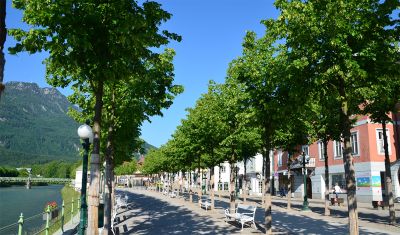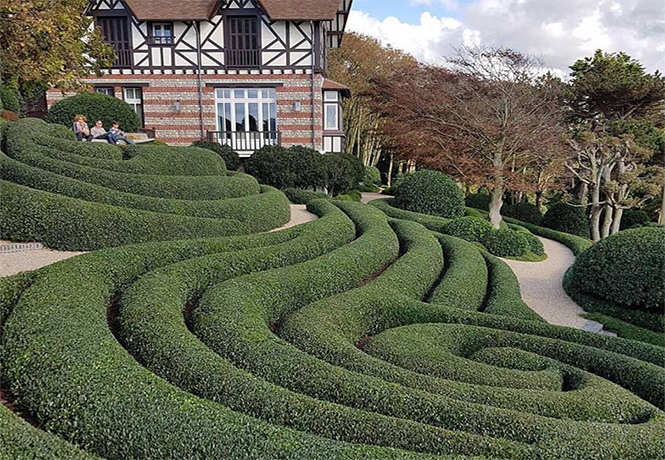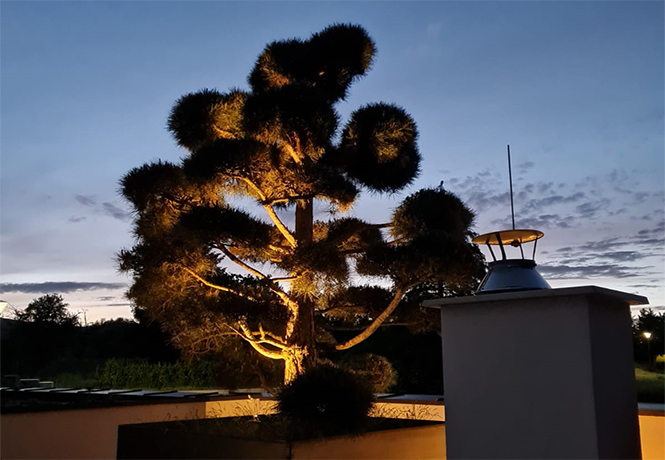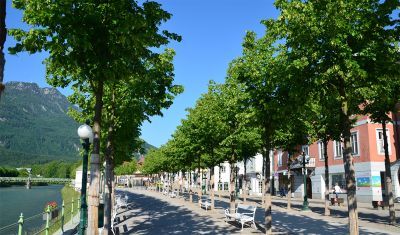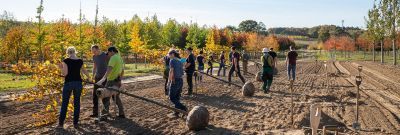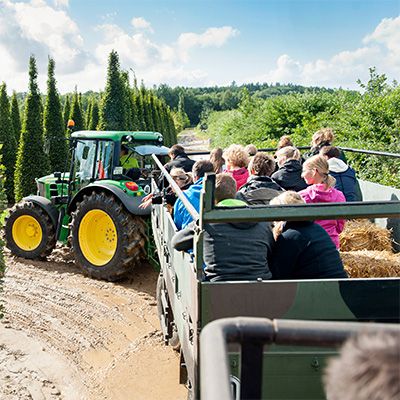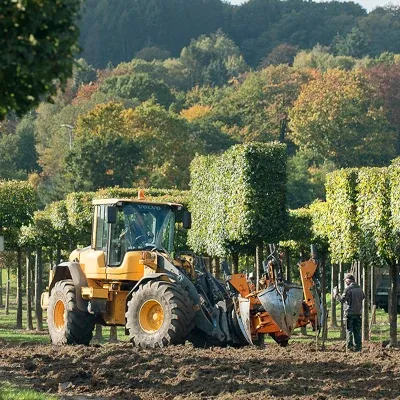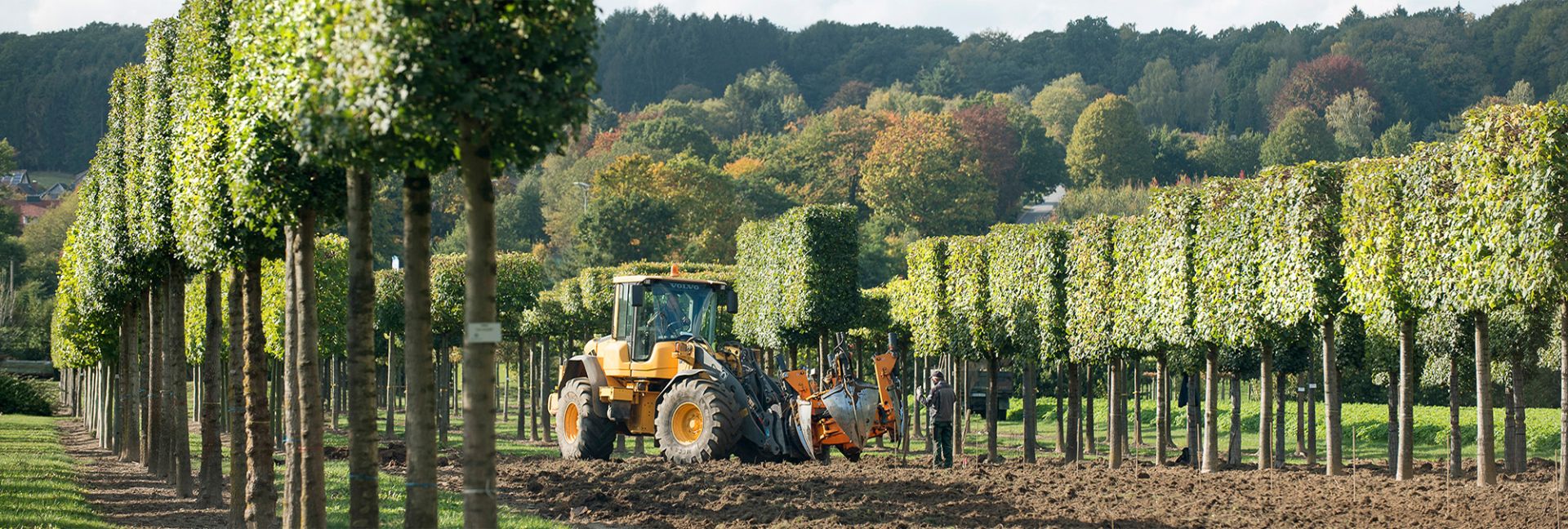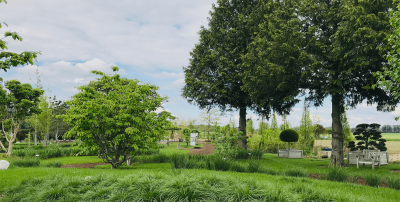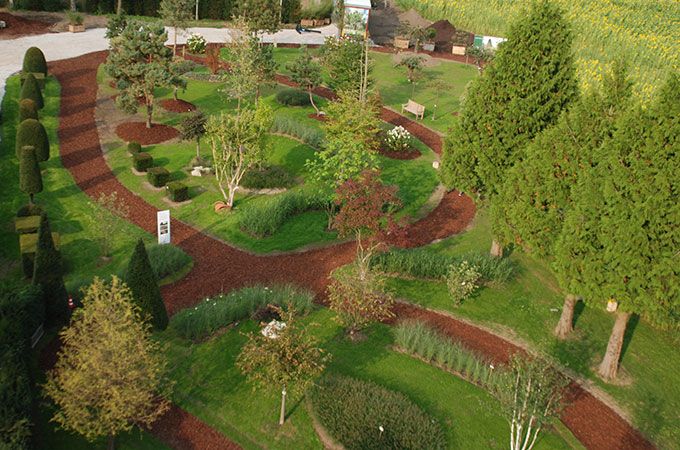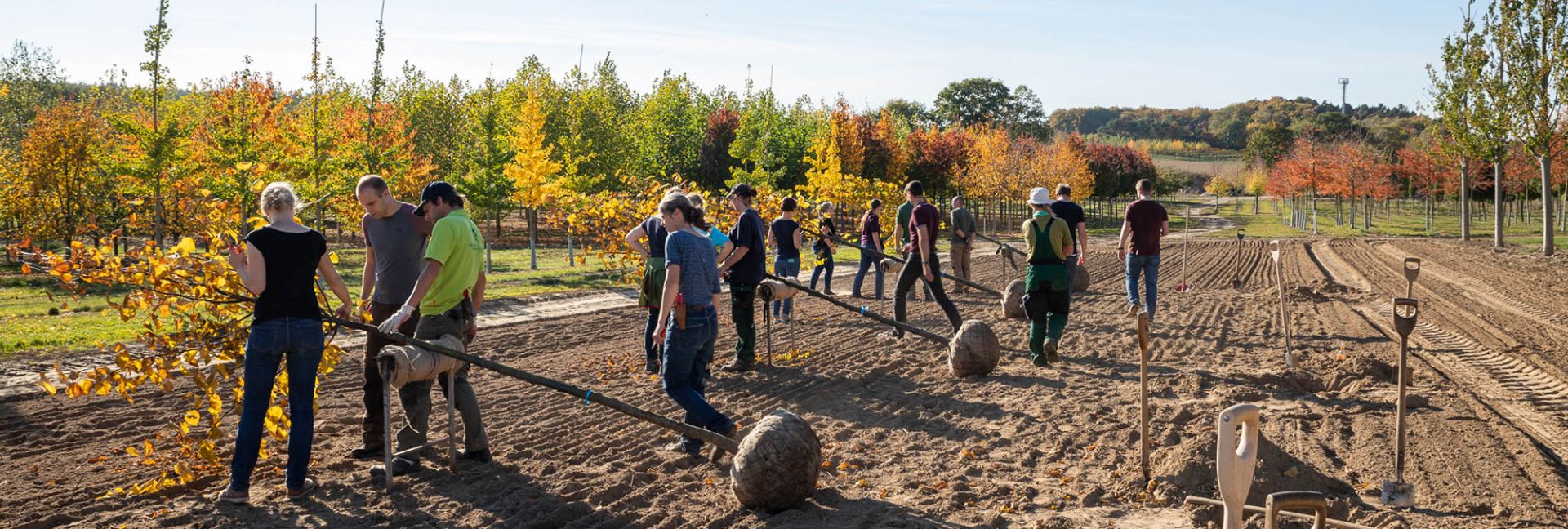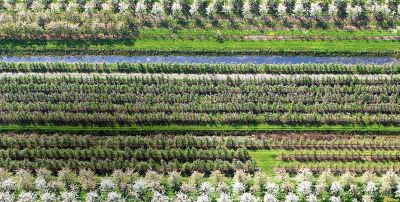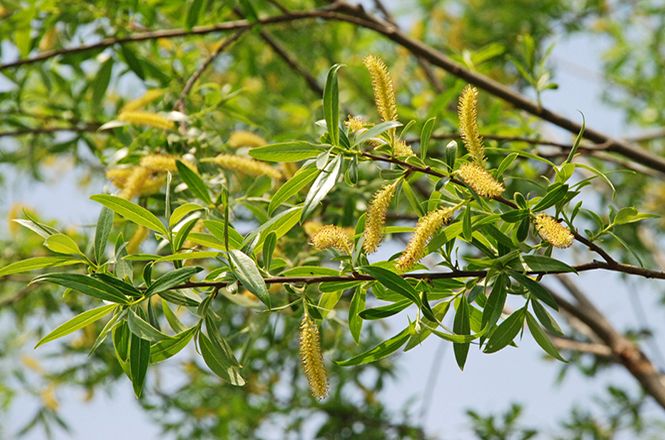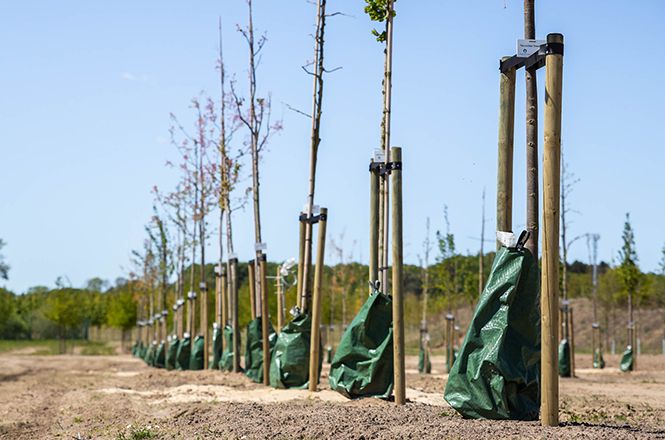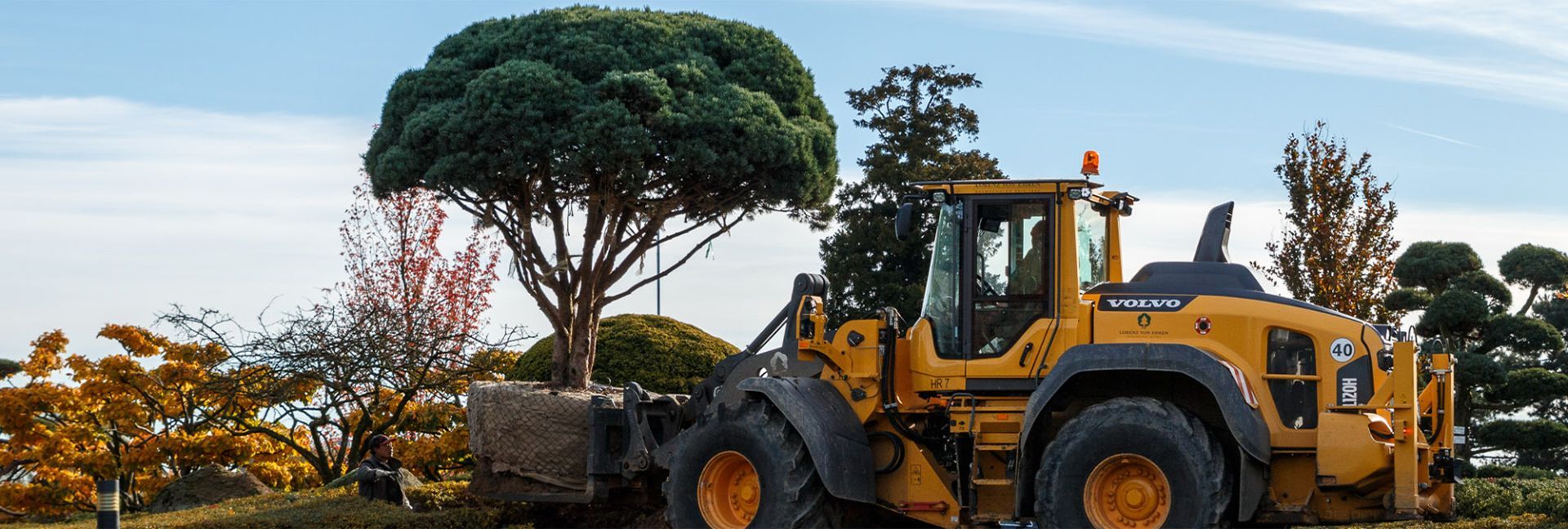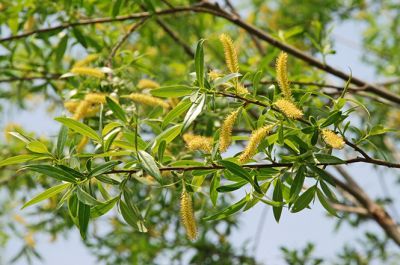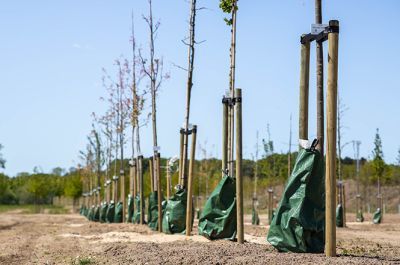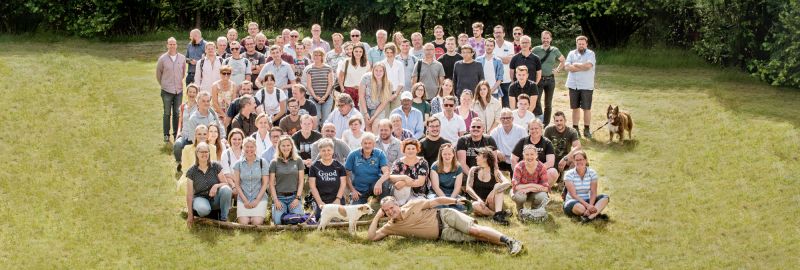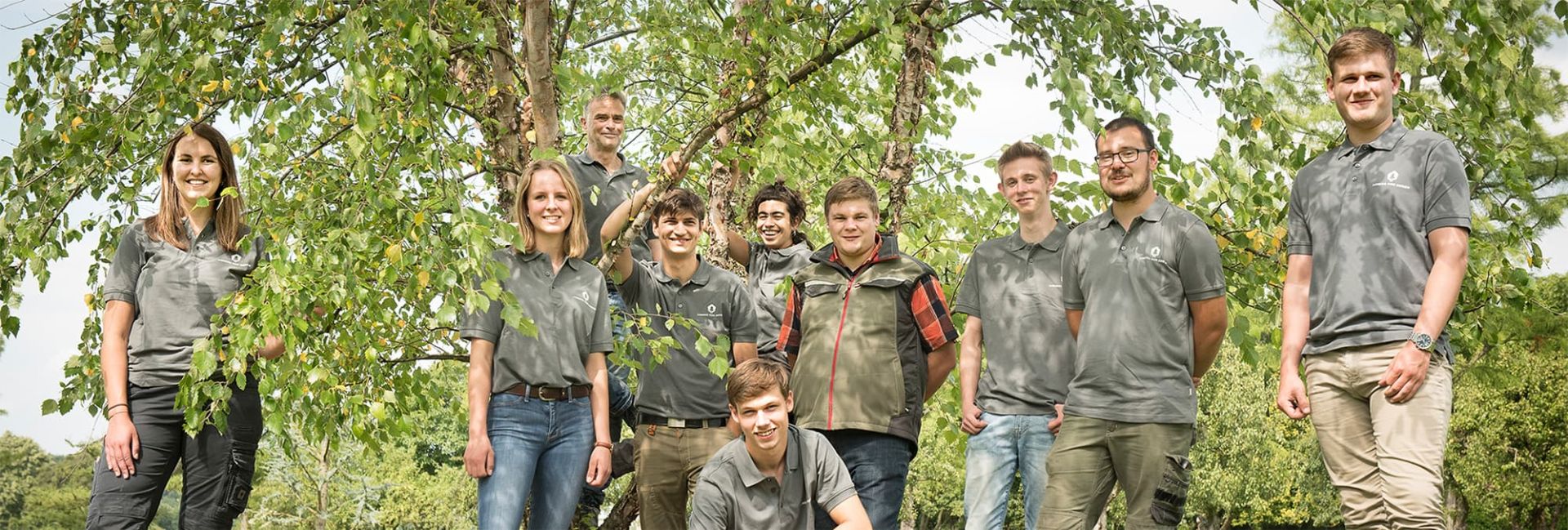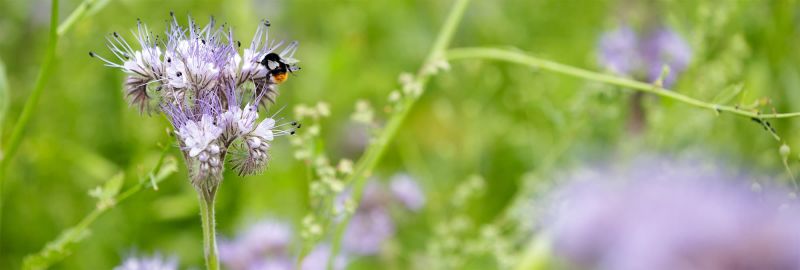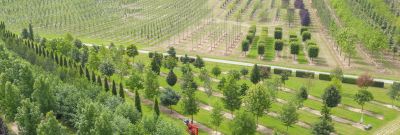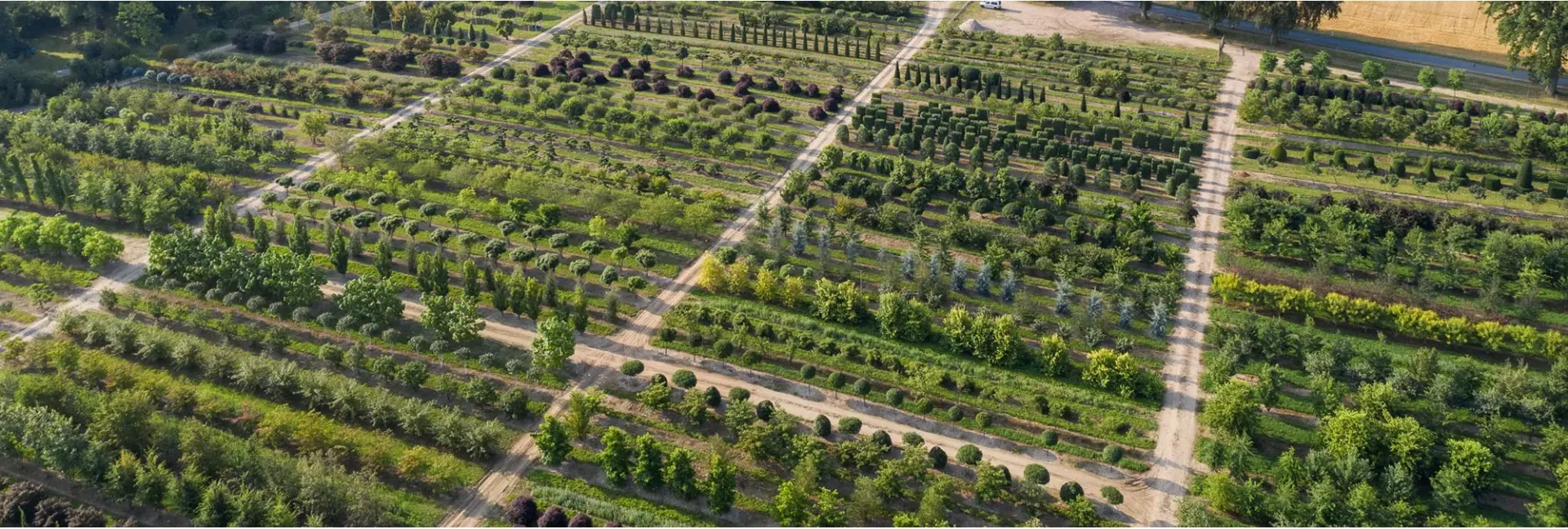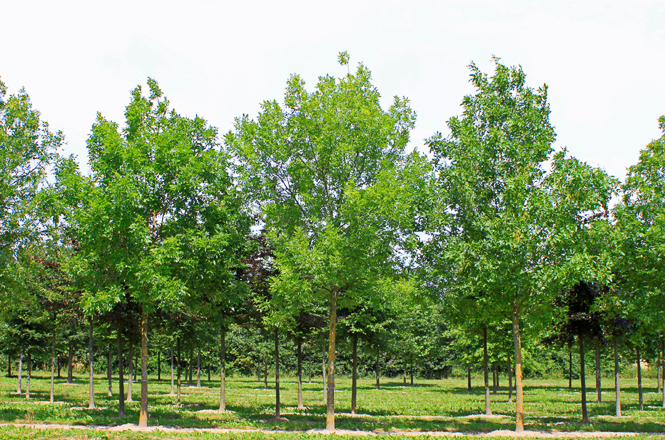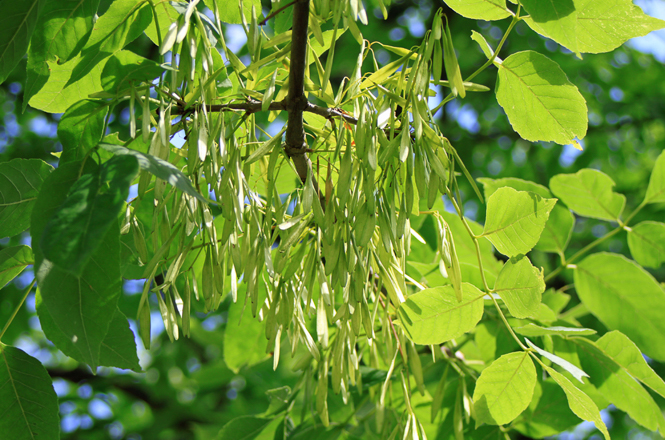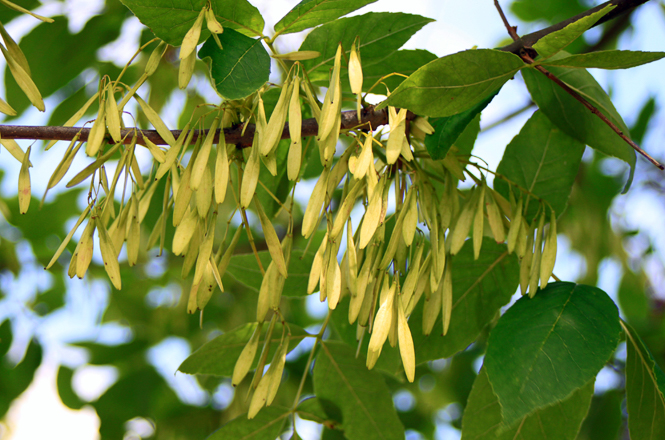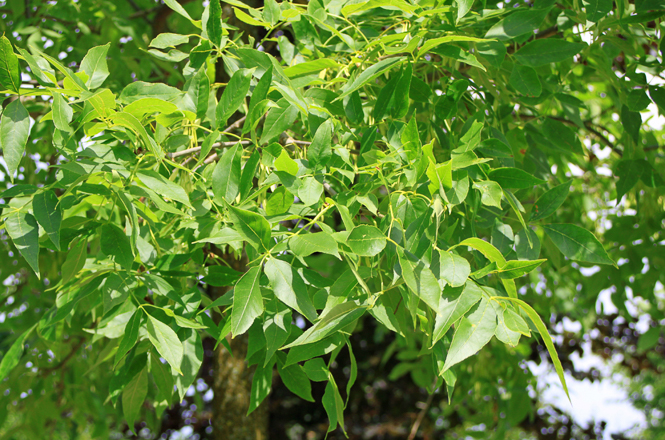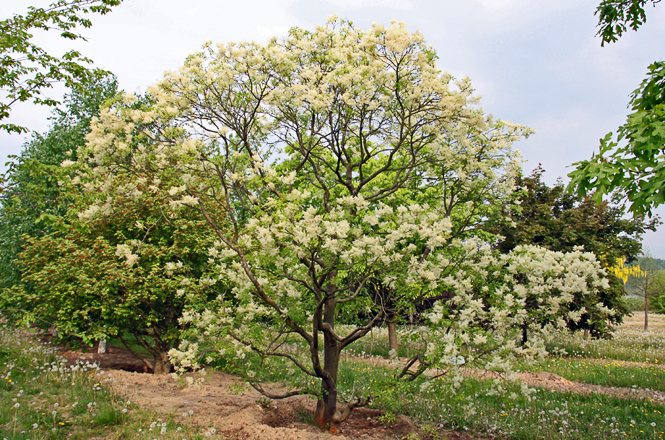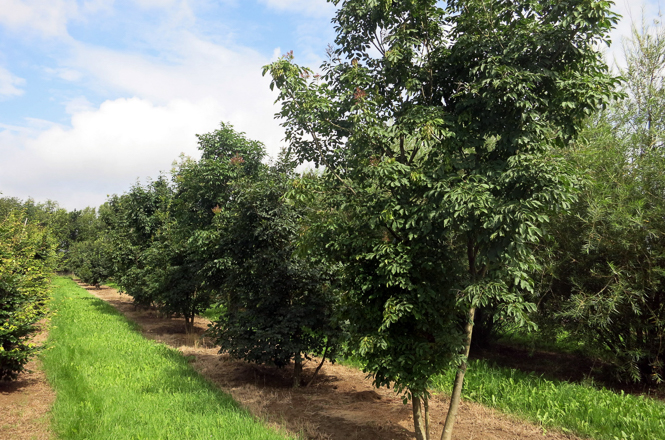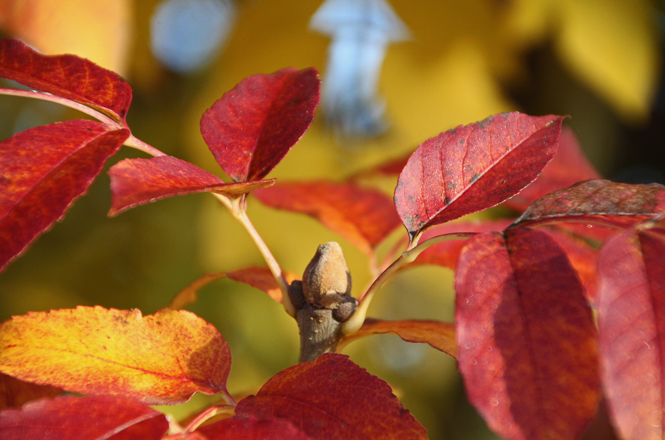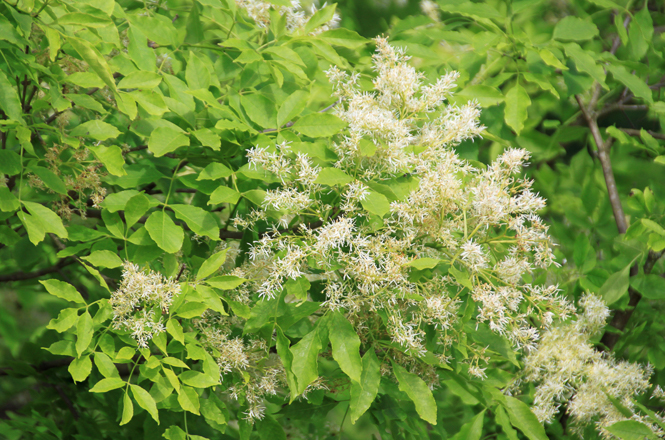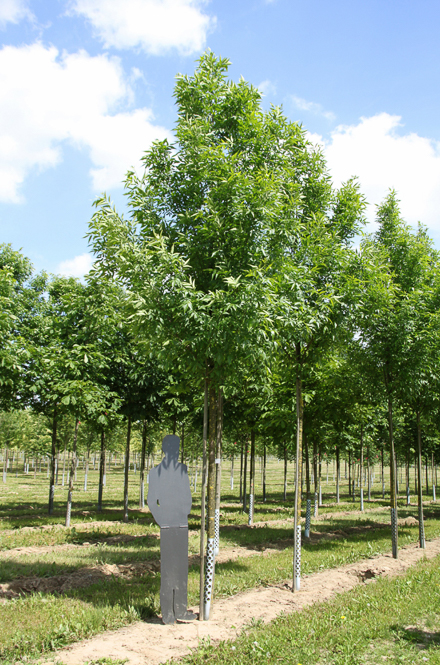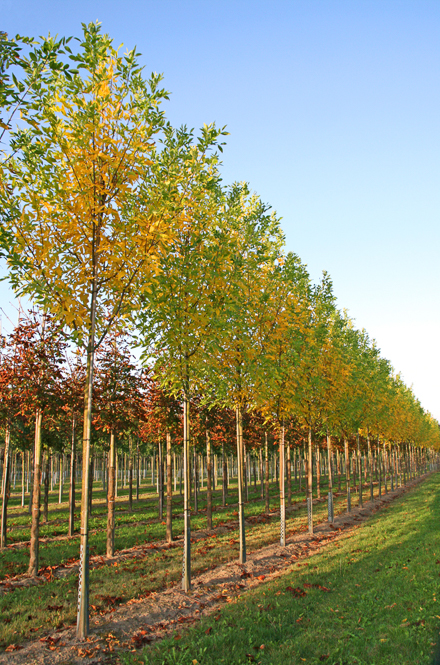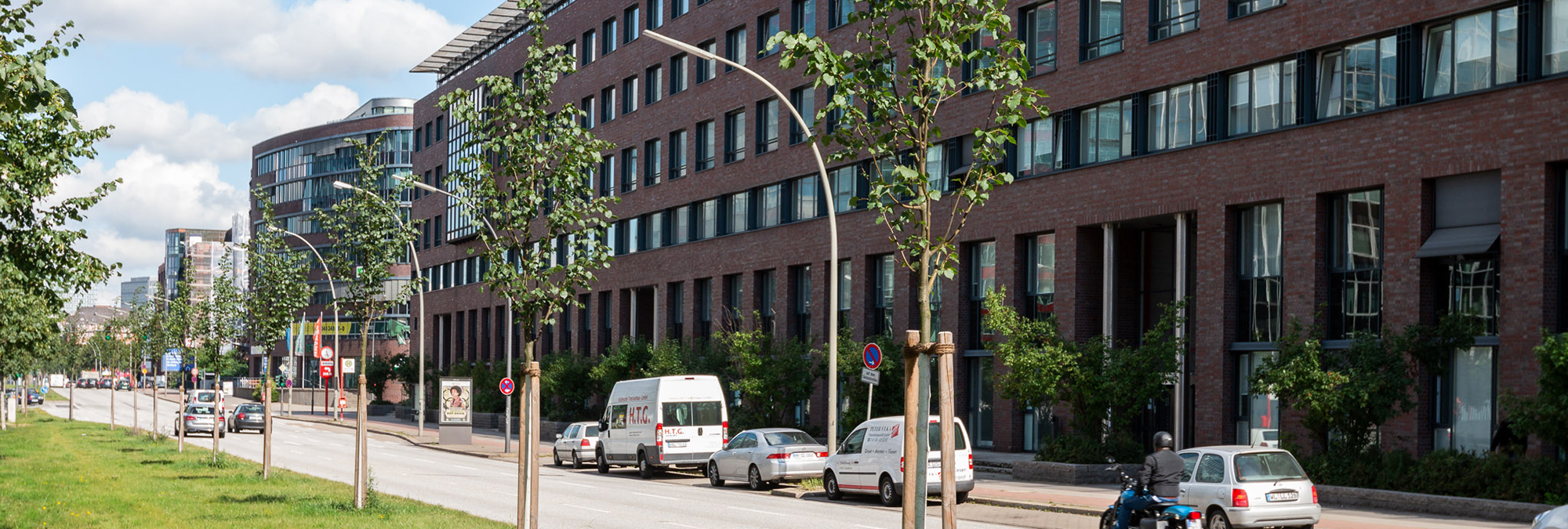
Ash trees for the city

“A tree must be selected for the city according to the location-specific factors there. These three ash trees are very resistant and often make it on to the shortlist."
Thomas Dieckmann, Woody plant specialist, Lorenz von Ehren Nursery
Varieties of ash
The botanical name of the green ashFraxinus pennsylvanicum already suggests its area of origin, since it comes originally from the middle and eastern states of North America. This means that it is not an indigenous tree and, if we look at its properties,
it becomes clear why we prefer Fraxinus pennsylvanicum as a city tree: it not only tolerates road salt and dry soils, but also copes with wet soil. This makes it very suitable as a street and avenue tree.
In the case of Fraxinus americana (white ash) the botanical name betrays the origin – we don’t need to make a guessing game out of it. The white ash originates in eastern North America and tolerates road salt as well as partial paving. This makes it wonderfully suitable as a park and avenue tree as well as a solitaire in cities.
Fraxinus americana
Fraxinus ornus
Fraxinus pennsylvanicum

